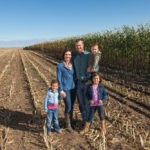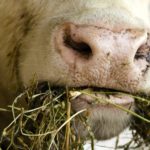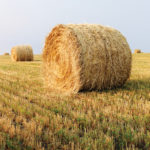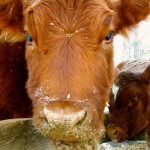
Corn slowly winning converts in Alberta
New shorter-season varieties are ‘night and day’ when compared to what was available a decade ago

Tips for dealing with greenfeed that saw snow before harvest
Heating can greatly lower the feed value, moulds will reduce digestibility, and the potential for nitrites is higher

If the rain won’t go away, you still have options when haying
Making haylage is a good option, but there are several things to keep in mind, says crop specialist

How to establish a fair price for standing hay
Buyers should pay by the ton, not the acre, and there should be 10 to 30 per cent allowance for weather risk
It was a big year for greenfeed in 2015

Diamond City couple newest Outstanding Young Farmers

Put more jingle in your jeans this winter
Shopping around, alternative feeds, and how you store your hay can make a huge difference to the bottom line

Alternative feeds can cause health issues
Too much sulphur can lead to polio and a shortage of nitrogen can reduce feed intake

Province creates online listings for alternative feed uses

Fababeans in silage? Give it a shot, says pulse researcher
Nutritionally, fababean silage is a good option — but the return on investment is a question mark

